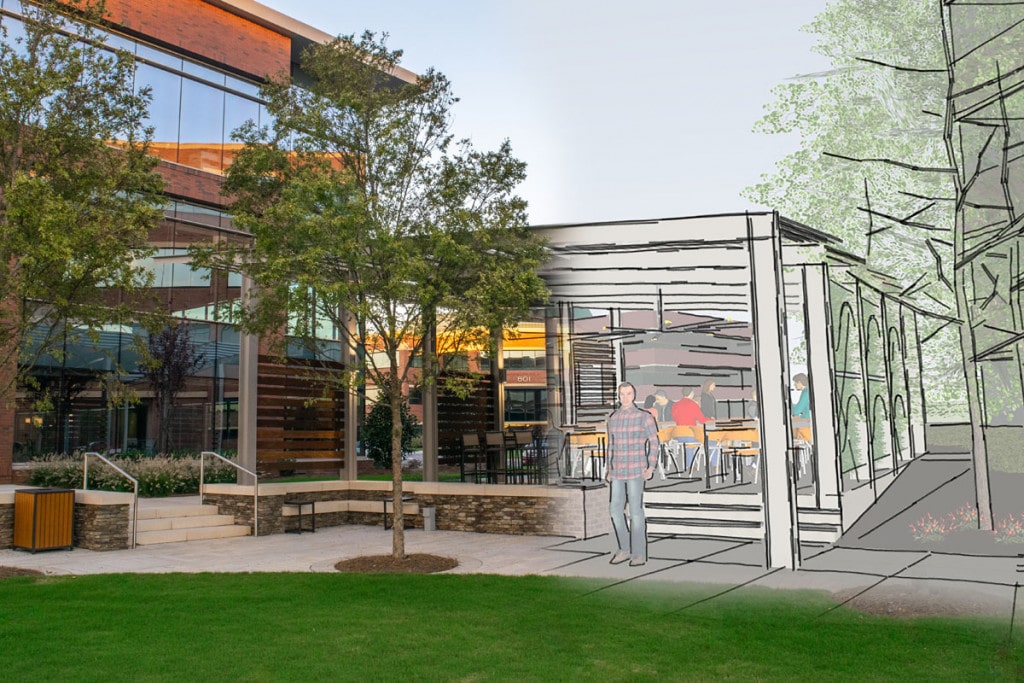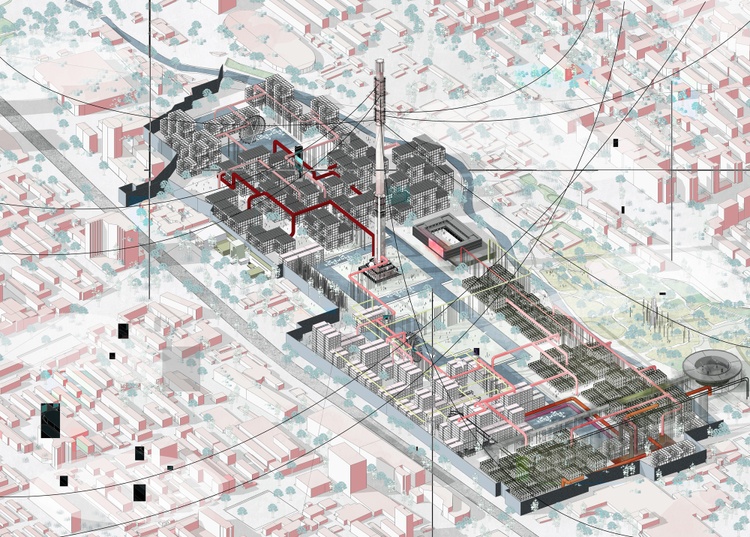A Detailed Summary of Building Styles and Their Impact on Modern City Planning and Development
Building styles have actually long offered as a mirror to the societal values and technical innovations of their time, playing an essential function in shaping contemporary city preparation and advancement. From the splendour of Neoclassicism to the practical method of Brutalism, each style has presented distinct principles that influence city aesthetics and capability.

Historical Summary of Architectural Designs
Throughout history, building designs have actually developed in feedback to cultural, technological, and ecological aspects. Each period reflects the prevailing values, ideas, and innovations of its time, bring about a rich tapestry of layout that represents human creative thinking and adjustment. The ancient civilizations, such as the Egyptians and Greeks, established foundational designs that stressed balance and proportion, serving both practical and visual functions.
As societies transitioned through the Middle Ages, Gothic style arised, identified by its verticality and complex detailing, mirroring the spiritual goals of the age. The Renaissance marked a rebirth of classic perfects, merging art and architecture in innovative manner ins which affected subsequent designs throughout Europe.
The Industrial Revolution presented new products and building and construction methods, prompting movements like Modernism, which tested traditional types and accepted simplicity and capability. The 20th century saw a diversity of styles, with Postmodernism reacting versus the raw minimalism of its precursor, incorporating historic referrals and diverse aspects.
Today, building styles remain to develop, driven by globalization and sustainability problems, reflecting a dynamic interplay in between heritage and development (cda architects). This historic review emphasizes the significance of style as a mirror of social advancement and as a driver for urban growth
Key Architectural Styles Explained
The diversity of building designs mirrors the myriad influences that form our built setting, each personifying distinct attributes and social significances. Trick building styles include Classic, Gothic, Baroque, Modernism, and Postmodernism, each standing for distinct historic contexts and visual ideologies.
Timeless style, rooted in ancient Greece and Rome, emphasizes proportion, percentage, and making use of columns. In comparison, Gothic architecture, prospering in the Middle Ages, is characterized by pointed arcs, ribbed safes, and flying buttresses, producing an angelic top quality in cathedrals. Baroque design, emerging in the 17th century, is marked by grandeur, fancy embellishment, and a dynamic interplay of light and darkness.
Modernism, which obtained momentum in the early 20th century, focuses on function over type, making use of brand-new materials like steel and glass to create minimalist frameworks. Postmodernism, responding against the austerity of Modernism, accepts eclecticism and historical referral, usually incorporating playful aspects and paradox.
Understanding these designs gives insight into the social stories and technical developments of their particular periods, highlighting just how design offers not equally as a shelter, but as a representation of societal worths and desires.
Influence on Urban Planning
In shaping the growth of cities, architectural designs dramatically influence city planning decisions. The option of building design typically determines the visual appeals, functionality, and overall character of metropolitan atmospheres.
In addition, building designs can influence zoning laws and land make use of policies. Urban planners must think about the prevailing architectural fads when developing districts, making certain that brand-new advancements harmonize with existing frameworks. This consideration fosters cohesive metropolitan landscapes and enhances neighborhood identity.
The application of specific architectural designs can additionally affect socioeconomic variables within a city. High-end contemporary designs may bring in wealthy homeowners and services, leading to gentrification, while more budget friendly housing solutions might focus on sensible and lasting styles to suit diverse populations. Ultimately, the interaction between building styles and city planning develops dynamic cities that reflect both historical context and contemporary needs, shaping the lived experiences of their citizens.
Sustainability and Modern Style

Contemporary building activities, such as biophilic design and environment-friendly design, supporter for frameworks that balance with their surroundings, utilizing natural materials and advertising biodiversity. These styles often integrate renewable resource resources, such as photovoltaic panels and wind turbines, to lower dependence on nonrenewable fuel sources and lower carbon footprints.
Moreover, the combination of sophisticated technologies, such as smart structure systems, boosts power administration, optimizing resource usage while making sure owner comfort. Cutting-edge water monitoring techniques, including rain harvesting and greywater recycling, additional add to lasting metropolitan settings.
Notably, sustainability extends past environmental problems; it incorporates social and economic dimensions too. By promoting neighborhood well-being and advertising inclusivity, modern architectural styles align with sustainable development goals. Consequently, the advancement of architectural methods remains to shape resistant cities that not only satisfy the needs of today but likewise secure the future for generations ahead.
Community Interaction in Layout
Community involvement in layout functions as a critical bridge in between engineers and see this site the populaces they offer, ensuring that the constructed setting shows the demands and desires of its individuals. This collective procedure invites area members to add their understandings and choices, cultivating a sense of possession and obligation towards the areas they inhabit.
Reliable neighborhood involvement utilizes numerous techniques, such as workshops, studies, and public discussion forums, to collect diverse perspectives. These approaches promote a two-way dialogue, allowing architects to recognize local contexts while encouraging locals to voice their worries and needs. This inclusivity not just enhances the style top quality but additionally promotes social equity by addressing the distinct challenges dealt with by marginalized groups.
Moreover, area interaction can cause innovative options that might not arise in a standard layout process. By integrating neighborhood knowledge and cultural worths, engineers can produce areas that resonate more deeply with individuals, improving functionality and sustainability. Inevitably, prioritizing community interaction in layout procedures causes atmospheres that support social interactions, assistance wellness, and strengthen area connections, thus playing a critical role in shaping contemporary city landscapes.
Verdict
Building styles have greatly influenced modern city planning and growth, reflecting advancing social and technical contexts. The assimilation of historical visual appeals with contemporary demands cultivates city settings that prioritize sustainability and neighborhood involvement. As cities proceed Discover More Here to grow and adjust, the her comment is here ongoing dialogue in between architectural heritage and contemporary layout principles will certainly remain important in creating inclusive, vibrant spaces that boost top quality of life and promote social equity. The future of urban advancement rest on this harmonious balance.